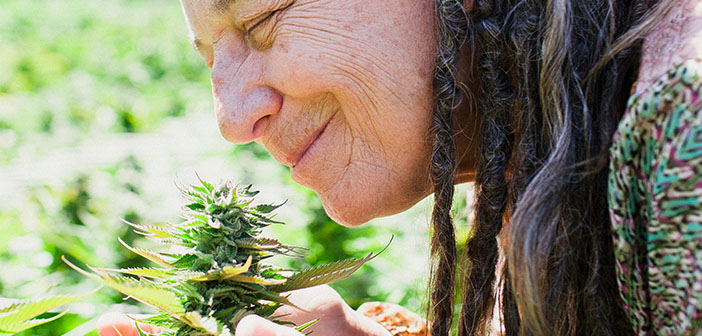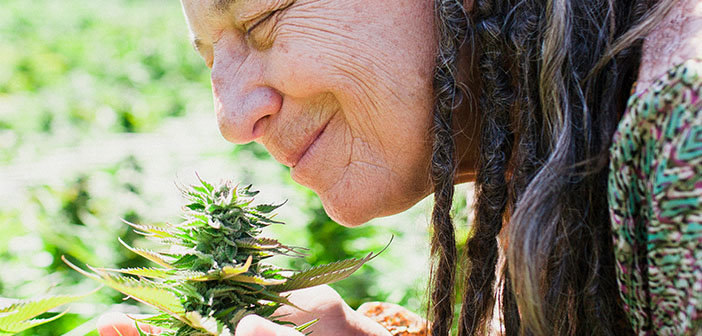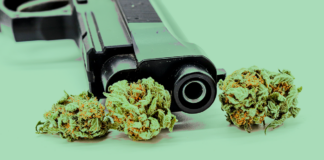
Legalization has attracted a growing number of older Americans to use marijuana, but little is known about how exactly this demographic is approaching cannabis in the 21st century.
A new study, “Characteristics and Patterns of Marijuana Use in Community-Dwelling Older Adults,” published Oct. 6, 2018, in the Journal of the American Geriatric Society attempts to fill in that knowledge gap, surveying Colorado residents older than 65 to learn how older generations use and obtain cannabis in a fully legal state.
About 350 people completed the surveys, and of those surveyed, 32 percent reported using marijuana at least once in their lifetime. Sixteen percent of respondents were considered “current” consumers because they reported using marijuana in the years since Colorado legalized for adult use in 2012. Those individuals were asked a series of follow-up questions, such as frequency of use and how they obtained cannabis.
The Responses Painted an Interesting Picture About How Full Legalization Seems to Ease Access to Cannabis for Medical Use.
Most respondents said that marijuana was a helpful treatment option for anxiety, depression, sleeping problems, pain and appetite stimulation, among other ailments. But while 26 percent said they had a recommendation for medical cannabis, 67 percent “obtained marijuana recreationally.”
“Although some respondents had a prescription for marijuana, most purchased it without a prescription for a variety of medical conditions common to primary care (pain, anxiety, depression, insomnia),” the study authors wrote. “Thus, in states with recreationally available marijuana, older adults may be using marijuana in addition to their prescribed regimens, so it is important to inquire about marijuana use regardless of age.”
Other takeaways from the study: 42 percent of older Americans seem to gravitate toward edibles compared with the 29 percent who smoke cannabis. Lotions and oils were also favorites among respondents.
In terms of medical uses, the “most common symptom targeted was pain (64 percent), followed by sleep (38 percent), anxiety (24 percent), depression (22 percent), and appetite stimulation (18 percent).” And almost half of current marijuana consumers included in the survey said cannabis “targeted multiple symptoms.”
“This is a population that, in many cases, had firsthand experience with cannabis during their young adulthood, and have now returned to cannabis in older age,” National Organization for the Reform of Marijuana Laws (NORML) Political Director Justin Strekal said in a press release. “Seniors are turning to cannabis as a potential option to provide symptomatic relief while potentially avoiding the dramatic side-effects associated with other medications and improving their quality of life.”
Colorado Gov. John Hickenlooper Made a Similar Observation in an April Interview.
“We haven’t seen a big spike in consumption,” Hickenlooper told Rolling Stone in April 2018. “The only increase in consumption is among senior citizens, which we think is either Baby Boomers coming home to roost, or arthritis and the aches and pains of growing older — people finding that marijuana is better pain solution than opioids or other things.”
Of course, the study’s limitations have to be taken into consideration. The sample size is relatively small and, as the study authors acknowledge, there could be response bias because the surveys were completed on a voluntary basis.
“As recreational marijuana becomes more available in the United States, it will be increasingly important to understand the specific dose and route of marijuana used, as well as short- and long-term health effects,” the study concluded.
“Thus, steps toward further understanding should include directed focus groups of active marijuana users and randomized clinic trials comparing marijuana with usual care for the most commonly targeted symptoms and conditions.”
This article has been republished from Marijuana Moment under a content syndication agreement. Read the original article here.











